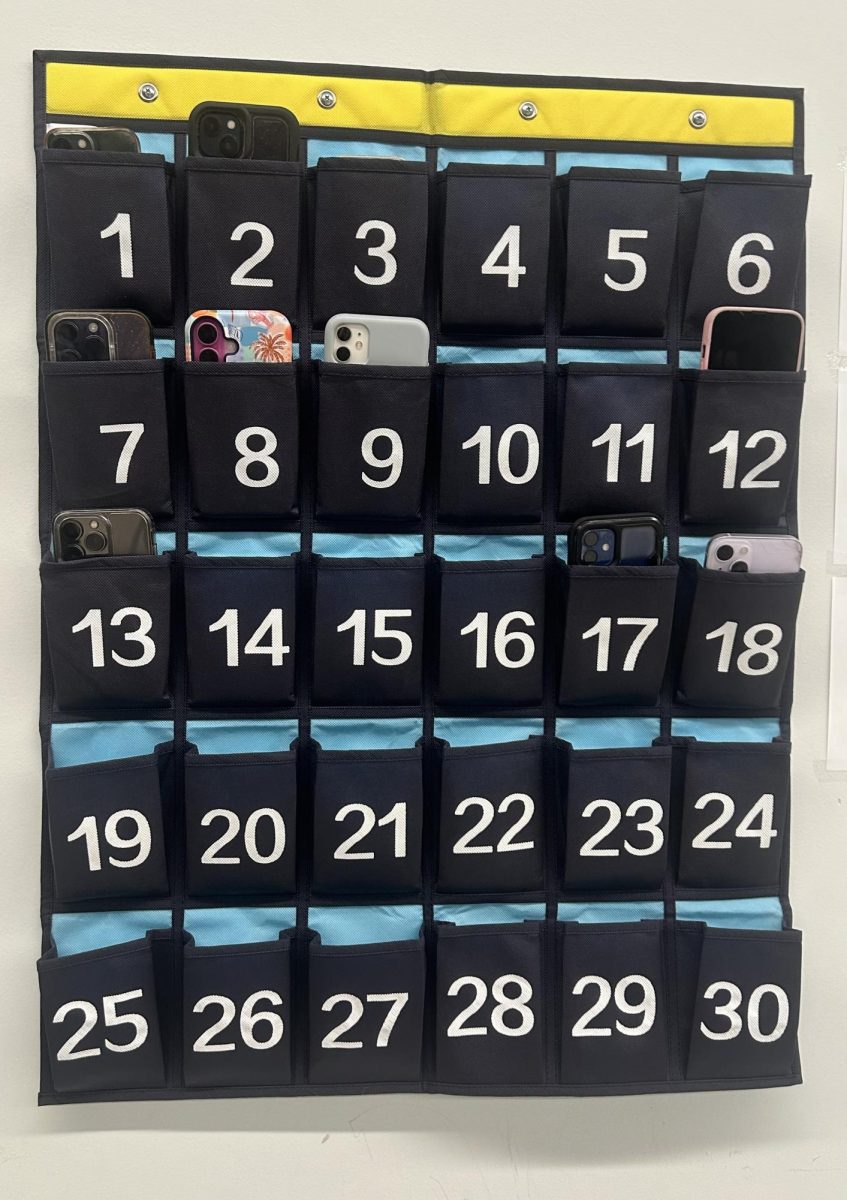 The Claim:
The Claim:
“Warning: the ‘trendy’ Stanley Cup has been tested for the presence of toxic metals. The Result? It contains harmful amounts of lead! Get rid of your Stanley Cups now!”
I looked over to the lit up screen of my phone in the semi-darkness, intently absorbing the Instagram post my friend had sent me for a little laugh. Many privately-connected testing also revealed similar results, according to various social media platforms. The woman from this Instagram post paralleled many other posts regarding ‘toxic Stanleys’. But was it really true?
The Stanley has captured the hearts of many hydration enthusiasts either due to its quality or because of the bandwagon effect. Either way, its presence in the possession of many LHS students and staff remains very important when the question of lead poisoning arises. Its transformation into a fashionable flask has captivated many people of all ages, but is it really safe?
The Science:
 According to the World Health Organization, lead poisoning can have fairly severe side effects, more harshly affecting “young children and women of child-bearing age”. It can cause aches in various parts of the body such as joints, digestive issues and abdominal pain, developmental hindrance (especially for children), fatigue and even exhaustion, mood swings, hyperactivity, high blood pressure, cardiac issues, kidney issues, reproductive issues, and various other side effects that resulted in over 1.5 million global deaths in 2021. The WHO website states,“There is no level of exposure to lead that is known to be without harmful effects.”
According to the World Health Organization, lead poisoning can have fairly severe side effects, more harshly affecting “young children and women of child-bearing age”. It can cause aches in various parts of the body such as joints, digestive issues and abdominal pain, developmental hindrance (especially for children), fatigue and even exhaustion, mood swings, hyperactivity, high blood pressure, cardiac issues, kidney issues, reproductive issues, and various other side effects that resulted in over 1.5 million global deaths in 2021. The WHO website states,“There is no level of exposure to lead that is known to be without harmful effects.”
Although it typically takes months or even years for lead to build up in the body in fatal amounts, it will inevitably result in harmful side effects. Lead presence in the body is tested through blood evaluations, and results in a couple of treatments for the patient, such as medication, but always include removing the initial lead presence which could come from a construction job, house paint, or a water bottle. But which water bottles, if any, could lead possibly lurk in?
Stanley’s Statement
According to the BBC, the Stanley company responded to claims of lead presence on their website:
‘”At Stanley, one of the key features of our products is our vacuum insulation technology, which provides consumers with drinkware that keeps beverages at the ideal temperature,” the company wrote on its website, acknowledging that lead is used in the manufacturing process. The statement continues, “Once sealed, this area is covered with a durable stainless steel layer, making it inaccessible to consumers. Rest assured that no lead is present on the surface of any Stanley product that comes into contact with the consumer nor the contents of the product.”’
When the news platform requested more information, Stanley commented that the manufacturing of the water bottles “meet all US regulatory requirements” (BBC). So this should quell the fears devoted Stanley fans face, right?
Upon further research, TikTok, Instagram, and Twitter posts revealed polarized views regarding Stanley Cups’ health concerns, but also paired with questionable verisimilitude. Were thousands of Stanley sippers really suffering from lead poisoning as we speak? There was only one way to learn if the 40-year-old woman in her kitchen supposedly holding a positive lead testing strip was deceiving her Reddit readers or not: I would have to get my hands dirty and test it out for myself.

The Test
To test a Stanley for the presence of lead, I would first need an available Stanley to experiment on, so for that, I went to my very unreluctant little sister. She overenthusiastically handed over her precious light blue water bottle with minimal whining.
I also decided to simultaneously test my own water bottle, a HydroFlask, as well as a Yeti coffee mug we had in the cabinet, to see what kinds of results they would produce. As a control, I used a plastic cup, ceramic cup, metal thermos, and glass jar to try to find if there were any discrepancies in the data. If the glass tested positive for lead, then the tests must be faulty.
Unfortunately, I didn’t have an object with known lead in it, as that would be a danger to my family and pets. However, several Amazon reviewers claimed that the swab turned varying shades of pink/purple when they tested “pure lead”, “metal alloy aquarium plant weight”, and a “60/40 solder” (60% lead, 40% tin). For the water bottles, I would test them three times, in different areas, to ensure accuracy in my results. I would do the same for the controls.
I purchased an All-in-One Lead Test Kit off of Amazon from the company Lead Alert. The testing swabs are multi-functional and able to test paint, plumbing, antiques, jewelry, and ceramics. The manufacturing company claimed a 1 in 10,000 faulty rate, lab tested to ensure precise results.
The instructions were simple: cut the pink tip so that the vinegar in the tube trickled down the white tip, turning it yellow. Wipe the testing surface for 30 seconds, rotating the swab. If it stays yellow (or white – it fades to a whitish color), then no lead has been detected. If it turns bright pink or purple, then the surface is likely contaminated with lead. An additional side note reads that copper could give a false positive.
One by one, I tested each object and placed the three swabs on a piece of tissue beside the water bottles, or cups and thermos. Pink tips cut off from the end dotted the counter, but fortunately, every test came back negative!

Disclaimer
This article is for speculative purposes only. Testing is student-conducted and is not verified information.




























